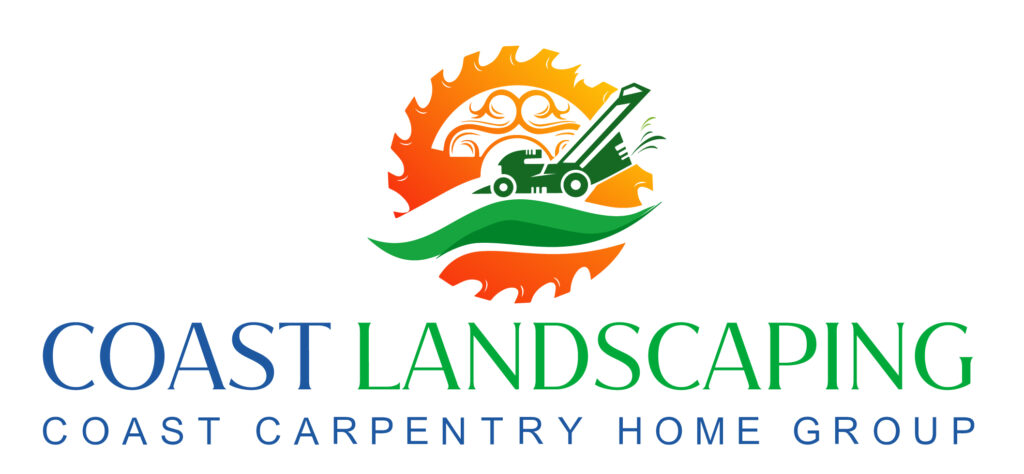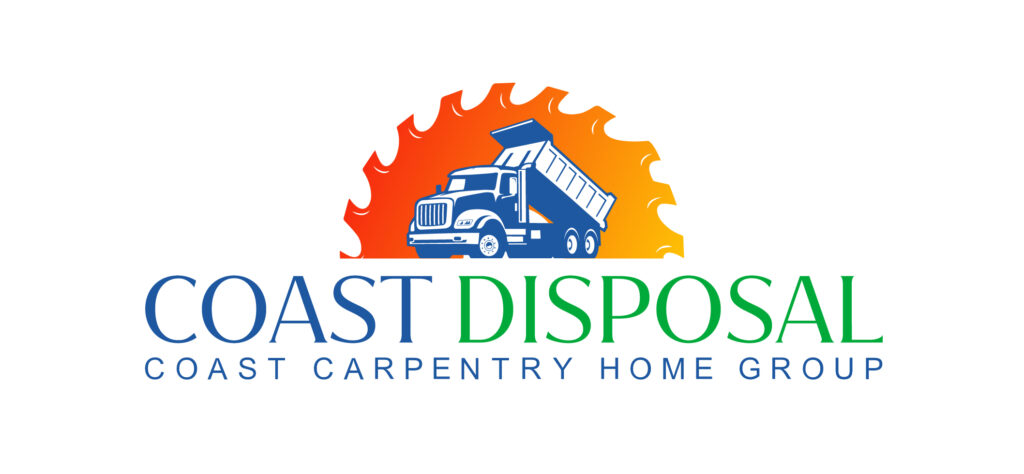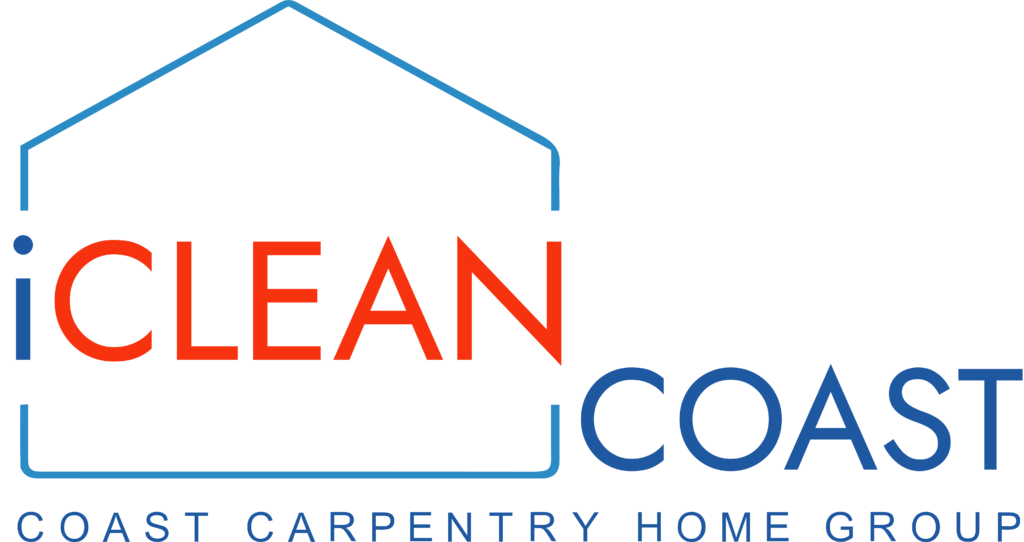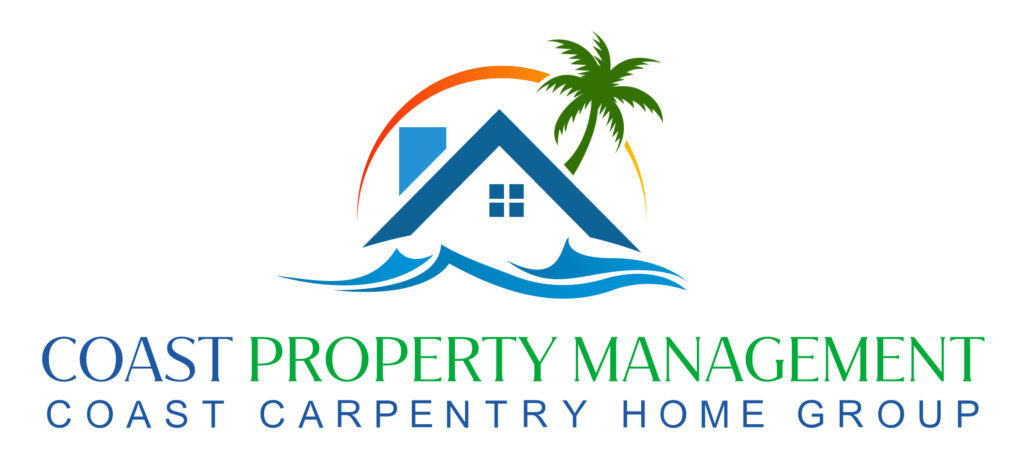Coastal homes face unique challenges, especially when it comes to roof maintenance. The salty air, high humidity, and frequent storms can all take a toll on your roof. These elements speed up wear and tear, making it essential to spot issues early. Understanding what to look for can help you catch problems before they turn into costly repairs.
Roofs in coastal areas need extra attention and care. Shingles may curl, metal parts can rust, and mold can grow in humid conditions. A small problem ignored can turn into a big headache down the road. In this article, we’ll cover some common signs that your roof might be deteriorating. Knowing these signs can help you keep your roof in good shape and extend its lifespan.
By regularly inspecting your roof and knowing when to call in professionals, you can avoid major issues. Regular maintenance can save you money and stress. Keep reading to learn how to protect your coastal home from roof deterioration.
Common Signs of Roof Deterioration in Coastal Areas
Coastal homes face unique roof challenges. Identifying signs of deterioration early on can save time and money. Here are some common indicators of roof problems in coastal areas:
1. Curling or Missing Shingles: Coastal weather conditions can cause shingles to curl, crack, or go missing. Strong winds and salty air make this worse. Check your roof for any irregularities in the shingles.
2. Rusting Metal Parts: Coastal air is salty and humid, leading to rust on metal parts like nails, flashing, and gutters. Rust can cause leaks and weaken the structure of your roof. Inspect these areas regularly for signs of corrosion.
3. Moss and Algae Growth: Moss and algae love damp environments, making coastal homes a prime spot for growth. These organisms can trap moisture and speed up the wear of your roof materials. Look for green or black streaks on your roof, which indicate unwanted growth.
4. Water Stains and Leaks: Water stains on your ceilings or walls often mean there’s a problem with your roof. Leaks usually start small but can cause significant damage over time. Check your attic for signs of moisture.
5. Sagging Roof Deck: A sagging roof deck is a serious issue. It can indicate structural problems or severe water damage. Noticeable dips or sags in your roofline mean it’s time to call in a professional.
By recognizing these signs early, you can address issues before they become major problems. Regular inspection and maintenance are key to extending the life of your coastal roof.
Impact of Coastal Weather on Roof Lifespan
Living by the coast offers beautiful views but also brings harsh weather conditions that can shorten the lifespan of your roof. Understanding these impacts can help you better prepare and protect your home.
Salt Air: Salt from the ocean can be very damaging to your roof. It corrodes metal parts and weakens the overall structure. Salt particles can also cause paint to peel and shingles to degrade faster.
High Winds: Coastal areas often experience strong winds, especially during stormy seasons. These winds can lift and remove shingles, expose the underlayment, and lead to leaks. High winds also blow debris onto the roof, causing punctures and damage.
Humidity and Moisture: Coastal climates are generally more humid. High humidity levels can lead to the growth of mold, mildew, and algae on the roof. Moisture can seep into the roof’s materials, causing them to deteriorate over time. Wood structures are particularly at risk for rot.
Intense Sunlight: While not unique to coastal areas, intense sunlight can also harm your roof. The sun’s rays can break down roofing materials, making them brittle and prone to cracking. This is more noticeable when a roof is already dealing with other coastal weather impacts.
Frequent Storms: Coastal regions are more prone to storms, including hurricanes and heavy rainfalls. Constant exposure to these elements can result in left-behind water that causes leaks and other issues.
Understanding how coastal weather affects your roof can help you take the necessary steps to protect it. Regular maintenance and routine inspections are essential to keep your roof in good condition.
Regular Inspection Tips for Homeowners
Regular roof inspections are key to catching problems early and keeping your roof in good condition. Here are some simple tips for homeowners to follow:
1. Inspect After Storms: Coastal storms can cause significant damage to your roof. Always check your roof after a storm has passed. Look for missing shingles, debris, and other signs of damage.
2. Check Gutters and Downspouts: Clogged gutters can cause water to pool on your roof, leading to leaks and deterioration. Regularly clean your gutters and check for signs of wear or rust. Ensure water flows freely through downspouts.
3. Look for Shingle Damage: Shingles protect your roof from the elements. Look for curling, cracking, or missing shingles. Pay extra attention to areas around chimneys, vents, and skylights, as these are more prone to leaks.
4. Examine Flashing: Flashing seals gaps around roof features like chimneys and vents. Damaged or loose flashing can allow water to seep in. Ensure all flashing is secure and in good condition.
5. Monitor for Moss and Algae: Moss and algae can trap moisture and harm your roof. If you spot any green or black streaks, consider having them professionally removed to prevent further damage.
6. Survey the Attic: Sometimes, the first signs of roof problems appear in the attic. Look for water stains, mold, and damp insulation. These can indicate a leak or other moisture issue.
By following these inspection tips, you can catch small issues before they become serious problems. Consistent monitoring helps maintain the integrity of your roof, extending its lifespan.
When to Call Professional Roofing Services
Knowing when to call in professional roofing services is crucial to maintaining your roof’s health. Certain issues require expert attention to ensure proper repairs and safety.
Large or Complicated Repairs: If your roof has extensive damage, such as large areas of missing shingles or significant leaks, it’s best to call a professional. Large repairs can be dangerous and require specific skills and tools.
Structural Damage: Signs of structural damage, like a sagging roof, need immediate professional attention. A sagging roof can indicate severe underlying problems that, if left untreated, might result in collapse.
Persistent Leaks: If you notice water stains on your ceilings or walls, it could mean you have a persistent leak. Professionals can locate the source of the leak and provide a long-lasting fix. Homeowners may not have the expertise to identify and repair such issues effectively.
Age of the Roof: If your coastal home’s roof is nearing the end of its expected lifespan, it’s wise to have it inspected by a professional. They can assess whether repair or replacement is the best option.
Moss, Mold, or Algae Issues: If moss, mold, or algae has overtaken a large portion of your roof, professional cleaning is necessary. These organisms can cause significant damage over time, and proper removal requires special treatments.
Post-Storm Inspection: After severe weather, a professional inspection can help identify hidden damage. Professionals can ensure your roof is secure and recommend necessary repairs.
Calling professional roofing services at the right time can prevent minor issues from escalating into major problems. Expert help ensures that repairs are done correctly and safely.
Conclusion
Maintaining the roof of your coastal home is vital to protect your investment and ensure safety. Regular inspection and early detection of issues can save you time and money. Understanding the common signs of roof deterioration and the impact of coastal weather helps you stay proactive. Regular checks for damaged shingles, rusting metal, moss growth, and signs of leaks can make a big difference.
Coastal weather presents unique challenges, but with proper care and maintenance, you can extend the lifespan of your roof. Recognizing when to call in professional roofing services ensures that problems are addressed correctly and efficiently.
If you notice any signs of deterioration or are unsure about the condition of your roof, don’t hesitate to seek expert help. Coast Carpentry Construction is here to assist with all your Cape Cod roofing needs. Our team in Cape Cod, MA, provides reliable and professional services to keep your home safe and secure. Contact us today to ensure your roof is in top shape!







